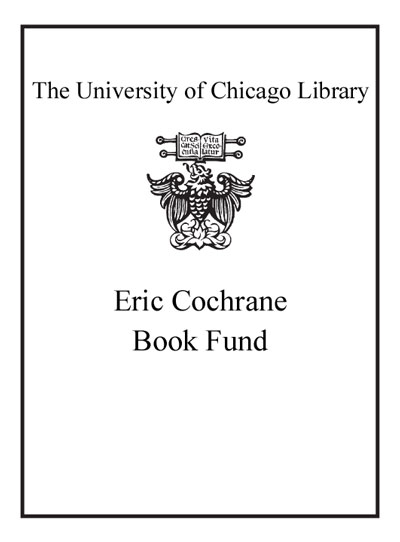Review by Choice Review
The beautiful art, republican government, intellectual achievements, and commercial success of Renaissance Florence have inspired generations of scholars while also providing rich archival and artistic sources. This book continues that tradition of Anglo-American scholarship, albeit with a twist, by adopting theoretical frameworks from anthropology, religious studies, and urban studies to complement approaches that are more traditional. With 19 essays, 84 illustrations, and 140 pages of notes, this dense volume surveys Florence from 1300 to 1600. It does not claim to be comprehensive; rather, the editors and authors use the concept of "space" as a lens to examine the city. This includes built space (architecture), illusionistic space (paintings), religious space (convents), commercial space (guildhalls), public space (piazzas), political space (Medici palaces), etc. The spatial fabric of the city thus becomes the vehicle for examining Florentine daily life, from confraternal processions and artisanal workshops to domestic interiors, both plebian and patrician. A trio of essays at the beginning offers an overview of the "dynamics of space" as well as a sense of historical context, followed by subsections on public realms, neighborhoods, spiritual locales, and gender (e.g., "Did women have a space?"). ^BSumming Up: Recommended. Graduate students/faculty. C. Carlsmith University of Massachusetts--Lowell
Copyright American Library Association, used with permission.
Review by Choice Review

